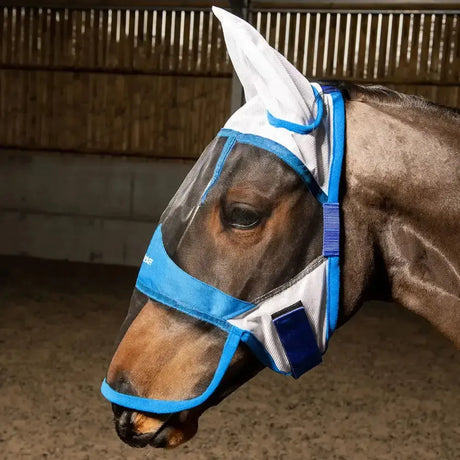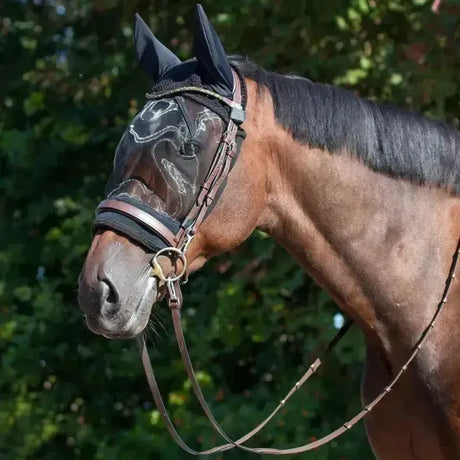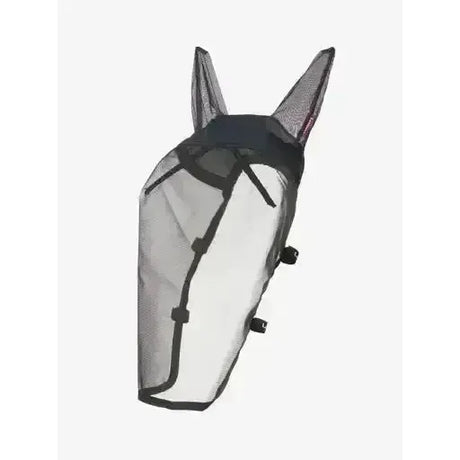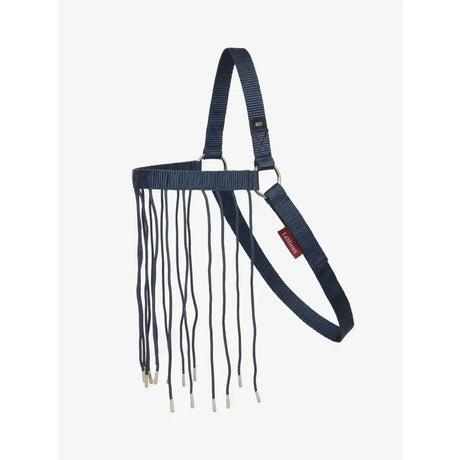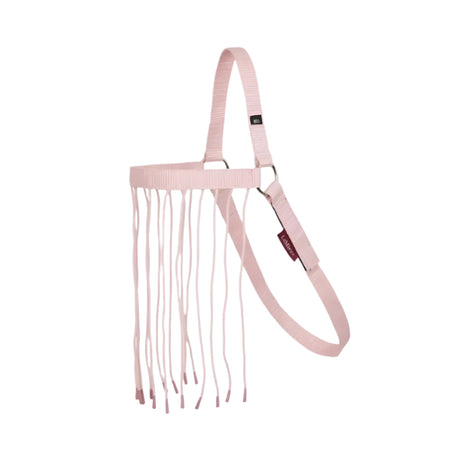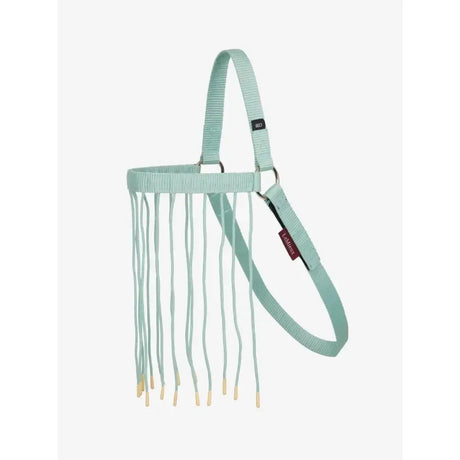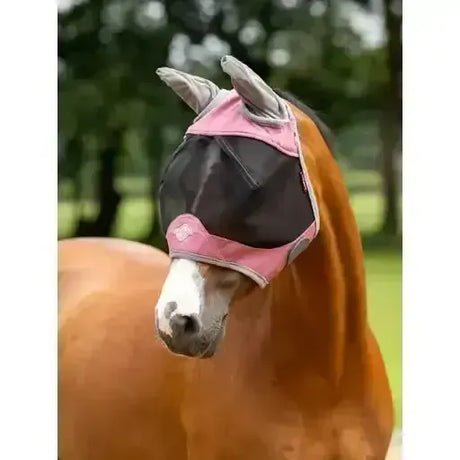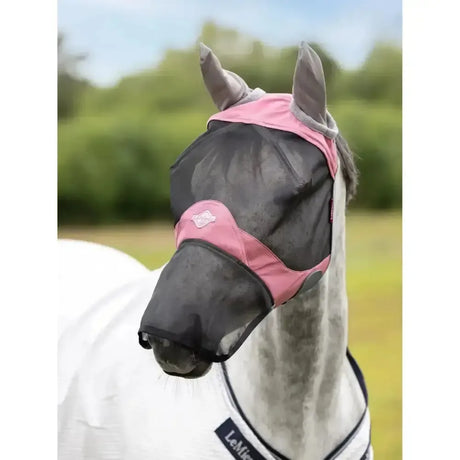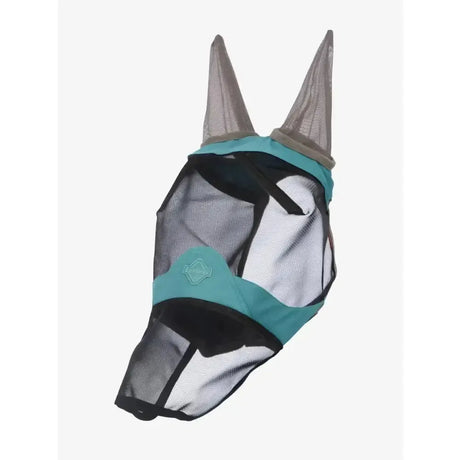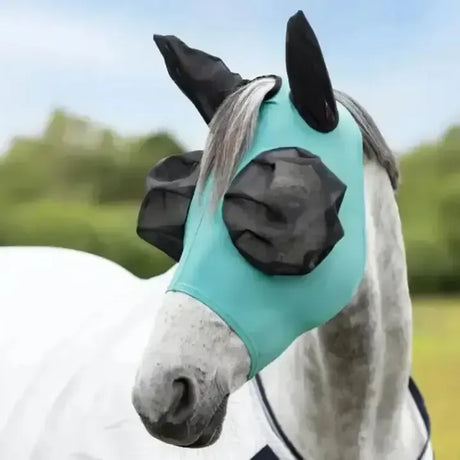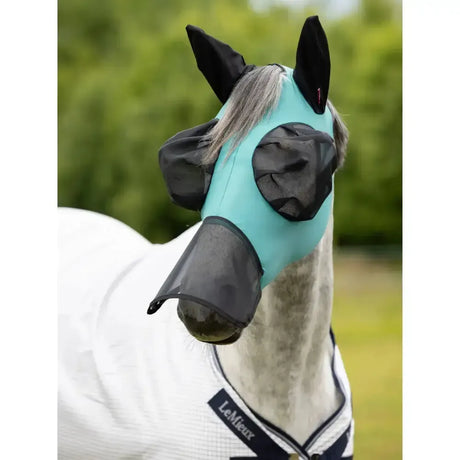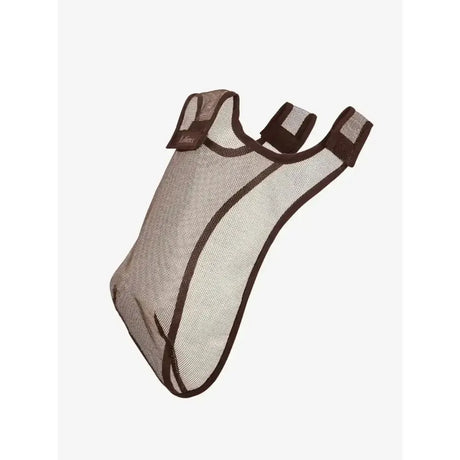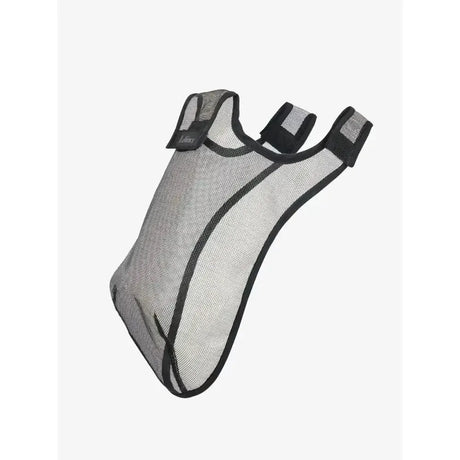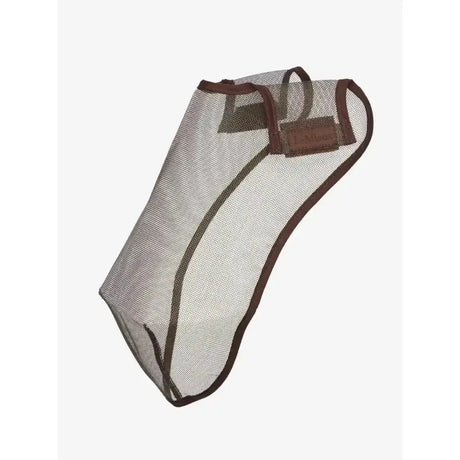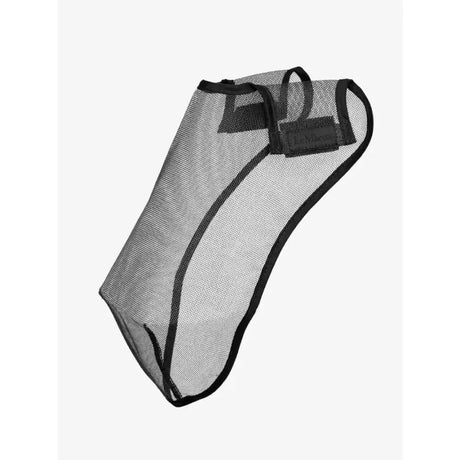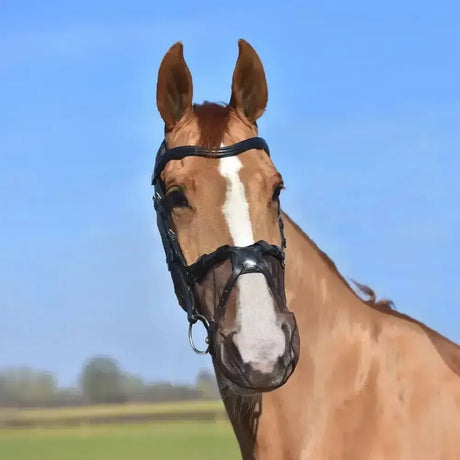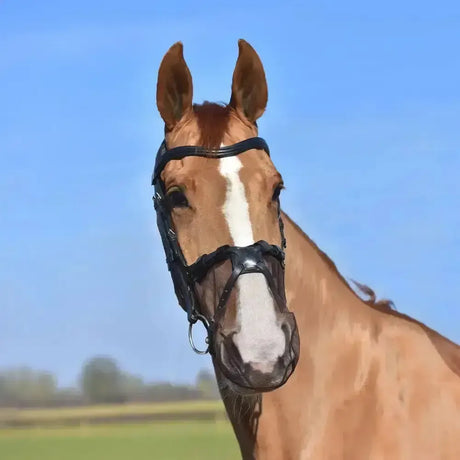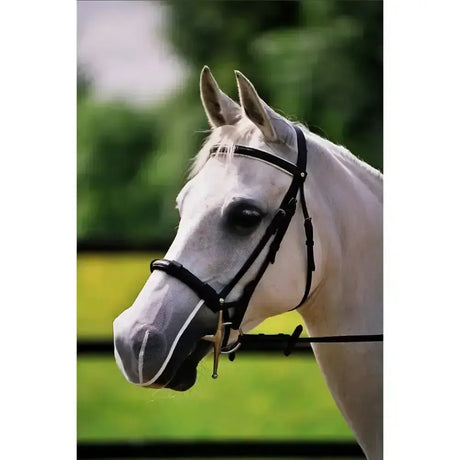Fly Masks For Horses
Shop From Our Summer Lines For Horse Lovers
Or You Can Shop Our Full Range Of Summer Essentials-
Whitaker Fv035 Salvador Deluxe Fly Mask White/Blue
£12.75£15.00Save OnlineUnit price /Unavailable -
£24.02
£34.95Save OnlineUnit price /Unavailable -
LeMieux Ride On Fly Mask Black
£19.95Unit price /Unavailable -
£19.95Unit price /Unavailable
-
£19.95Unit price /Unavailable
-
£19.95Unit price /Unavailable
-
Lemieux Visor-Tek Half Fly Mask Peony
£18.95Unit price /Unavailable -
Lemieux Visor-Tek Full Fly Mask Peony
£19.95Unit price /Unavailable -
Lemieux Visor-Tek Full Fly Mask Lagoon
£19.95Unit price /Unavailable -
Lemieux Bug Relief Half Mask Lagoon
£15.95Unit price /Unavailable -
Lemieux Bug Relief Full Mask Lagoon
£16.95Unit price /Unavailable -
LeMieux Comfort Shield Drop Nose Filter 2pk Brown
£18.95£19.95Save OnlineUnit price /Unavailable -
LeMieux Comfort Shield Drop Nose Filter 2pk Black
£18.95£19.95Save OnlineUnit price /Unavailable -
LeMieux Comfort Shield Grackle Nose Filter 2pk Brown
£18.95£19.95Save OnlineUnit price /Unavailable -
LeMieux Comfort Shield Grackle Nose Filter 2pk Black
£18.95£19.95Save OnlineUnit price /Unavailable -
Equilibrium Net Relief Muzzle Net For Grackle Bridle
£33.05Unit price /Unavailable -
Equilibrium Net Relief Grackle Muzzle Nets
£28.32£29.99Save OnlineUnit price /Unavailable -
Equilibrium Net Relief Cavesson Muzzle Nets White
£23.60£24.99Save OnlineUnit price /Unavailable
Fly Masks For Horses
Fly masks for horses are essential protective gear designed to shield equines from pesky insects, particularly flies and other airborne pests. These ingenious masks cover the horse's eyes, ears, and in some cases, the nose, safeguarding these vulnerable areas from irritating bugs and harmful UV rays. Fly masks come in a variety of styles and designs to suit different horse needs and environmental conditions:
- Standard Fly Masks: These versatile masks cover the eyes, ears, and sometimes the nose. They typically feature a durable mesh material that allows for proper airflow and visibility while effectively keeping insects at bay. The mesh construction ensures that horses can see clearly through the mask, maintaining their natural behavior and reducing stress.
- Extended Coverage Masks: For horses requiring additional protection, extended coverage masks offer more comprehensive shielding. These masks extend further down the nose or cover a larger portion of the face and jawline, providing extra defense against persistent flies and other biting insects. This style is particularly beneficial for horses in areas with high insect populations or those with heightened sensitivity to bug bites.
- UV Protection Masks: Going beyond insect prevention, UV protection masks offer a dual-purpose solution. These specialized fly masks not only repel flies but also shield the horse's face from harmful UV rays. This added feature is crucial for preventing sunburn and potential skin damage, especially for horses with light-colored or sensitive skin. Some UV protection masks incorporate reflective materials or special coatings to enhance their sun-blocking capabilities.
- Ear Bonnets: Focusing primarily on ear protection, these bonnets are an excellent option for horses that are particularly sensitive around their ears or prone to ear-related issues. Ear bonnets can be worn alone or in combination with other fly protection gear to provide comprehensive coverage.
- Masks with Ears Out: Recognizing that some horses may feel uncomfortable with their ears covered, manufacturers have developed masks with ear holes. These designs accommodate the horse's comfort while still offering protection around the eyes and nose. This style is particularly suitable for horses that are head-shy or those that rely heavily on their hearing for comfort and security.
What To Consider When Buying A Fly Mask
When selecting a fly mask for your equine companion, it's crucial to consider several factors to ensure optimal protection and comfort. Proper fit is paramount; a well-fitted mask should sit snugly without causing irritation or impeding vision. Durability is another key consideration, as horses can be rough on their equipment. Look for masks made from sturdy materials that can withstand daily wear and tear.
UV protection is an increasingly important feature, especially for horses spending extended periods outdoors. Masks with built-in UV protection help shield sensitive facial areas from harmful UV rays, reducing the risk of sunburn and long-term skin damage. Breathability is equally vital; masks should allow for adequate airflow to prevent overheating and discomfort, particularly in hot and humid conditions.
Cleaning A Fly Mask
Ease of cleaning is another practical consideration. Opt for masks that can be easily washed and dried, as regular cleaning helps maintain hygiene and extend the life of the mask. Some masks feature antimicrobial treatments to further enhance cleanliness and reduce odor buildup.
It's essential to regularly inspect your horse's fly mask for any signs of wear and tear, such as frayed edges, loose stitching, or damaged mesh. Promptly replace masks that show significant wear to ensure continued protection. Additionally, monitor your horse for any signs of discomfort or irritation when wearing the mask, and adjust or replace as necessary.
Why Should I Use A Fly Mask For My Horse
Fly masks can be particularly beneficial during peak insect seasons, typically late spring through early fall in many regions. However, some horses may benefit from year-round protection, especially in warmer climates or if they have specific sensitivities. By investing in high-quality fly masks and maintaining them properly, horse owners can significantly enhance their equine companions' comfort and well-being, protecting them from both bothersome insects and harmful UV rays.
Frequently Asked Questions When Buying A Fly Mask
Here are some frequently asked questions (FAQs) that people have when buying a fly mask for their horse:
🐴 General Questions
1. What is a fly mask and why does my horse need one?
A fly mask is a protective covering made of mesh that fits over a horse's head to shield their eyes, ears, and face from flies, insects, and UV rays. It helps prevent irritation, infection, and stress caused by biting bugs.
2. How do I know what size fly mask my horse needs?
Most brands provide sizing charts based on breed or measurements (poll to nose, cheek to cheek). It's best to measure your horse’s head and compare with the brand’s guide for the best fit.
3. Do I need a mask with ears and a nose cover?
That depends on your horse’s sensitivity. If your horse gets bitten a lot around the ears or has a pink nose prone to sunburn, go for a mask with ear covers and a longer nose flap.
🛠️ Fit & Features
4. How should a fly mask fit?
It should fit snugly but not tight—no gaping or rubbing. It should stay in place during turnout, allow full visibility, and not press against the eyes.
5. Can my horse wear a fly mask 24/7?
Some horses can wear it most of the day, but it’s a good idea to remove it daily to clean and check for signs of rubbing or eye irritation.
6. Will the mask block my horse’s vision?
No, fly masks are made with fine mesh designed to maintain good visibility while keeping bugs out.
7. What kind of closure is best—Velcro or zipper?
Velcro is most common and convenient. Look for double Velcro or safety closures to prevent the mask from coming off too easily.
🧼 Care & Durability
8. How do I clean a fly mask?
Most masks can be hosed off or hand-washed with mild soap. Avoid harsh detergents. Make sure it’s dry before putting it back on.
9. How long does a fly mask usually last?
With regular use, a good-quality fly mask can last a season or more. Durability depends on your horse’s behavior (some are hard on gear!).
🌞 Special Considerations
10. Do fly masks protect from UV rays?
Yes, many fly masks offer UV protection to prevent sunburn and eye damage, especially important for light-skinned or blue-eyed horses.
11. Can horses eat or drink with the fly mask on?
Absolutely. The design allows full range of motion for grazing and drinking.
12. What should I do if my horse keeps pulling the mask off?
Try a more secure fit, a different style, or a mask with reinforced fasteners. Some horses prefer softer or lighter masks.








